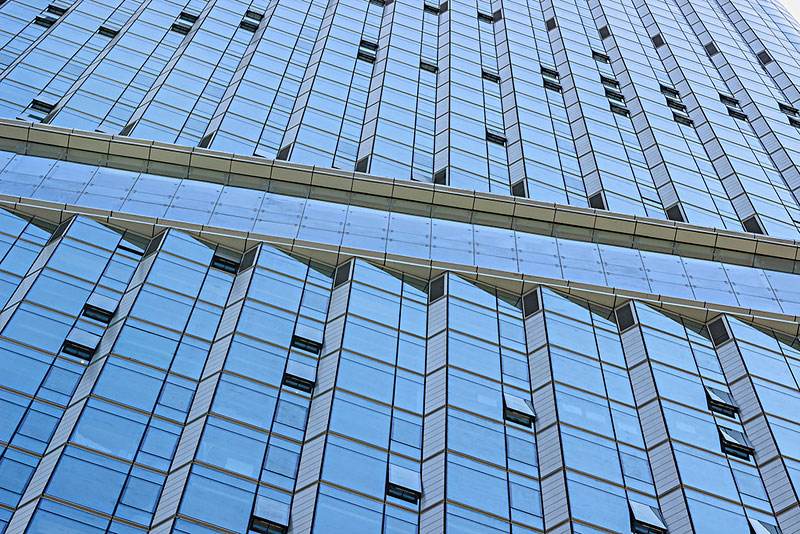What optical properties should be considered in the design of glass curtain walls?
2024-06-17 Back
Light transmittance:
This is one of the key factors. It is necessary to ensure that sufficient natural light enters the room while avoiding excessive light transmission that causes indoor glare or overheating. Different application scenarios may require different light transmittance levels.

Reflectivity:
If the reflectivity is too high, it may cause light pollution and hurt the surrounding environment. It is necessary to reasonably control the reflectivity to reduce interference with surrounding buildings and pedestrians.
Scattering rate:
Affects the uniformity of light distribution in the room. Appropriate scattering rate can make the indoor light softer and more uniform, and improve visual comfort.
Color reproduction:
Ensure that the color of objects seen through the glass is true and there is no color cast, which is especially important for some places with high color requirements such as art galleries and exhibition halls.
Shielding coefficient:
Reflects the shielding effect of glass on solar radiation heat. A lower shielding coefficient can better block solar heat from entering the room, which helps save energy.
Ultraviolet transmittance:
The amount of ultraviolet light transmitted must be controlled to protect indoor objects and personnel from being damaged by excessive ultraviolet radiation.
Haze:
Affects the transparency and clarity of the glass. Too much haze may cause unclear vision.
Glossiness of glass curtain wall:
It is related to the smoothness of the glass surface, which will affect the reflection and refraction of light, and thus affect the visual experience.




